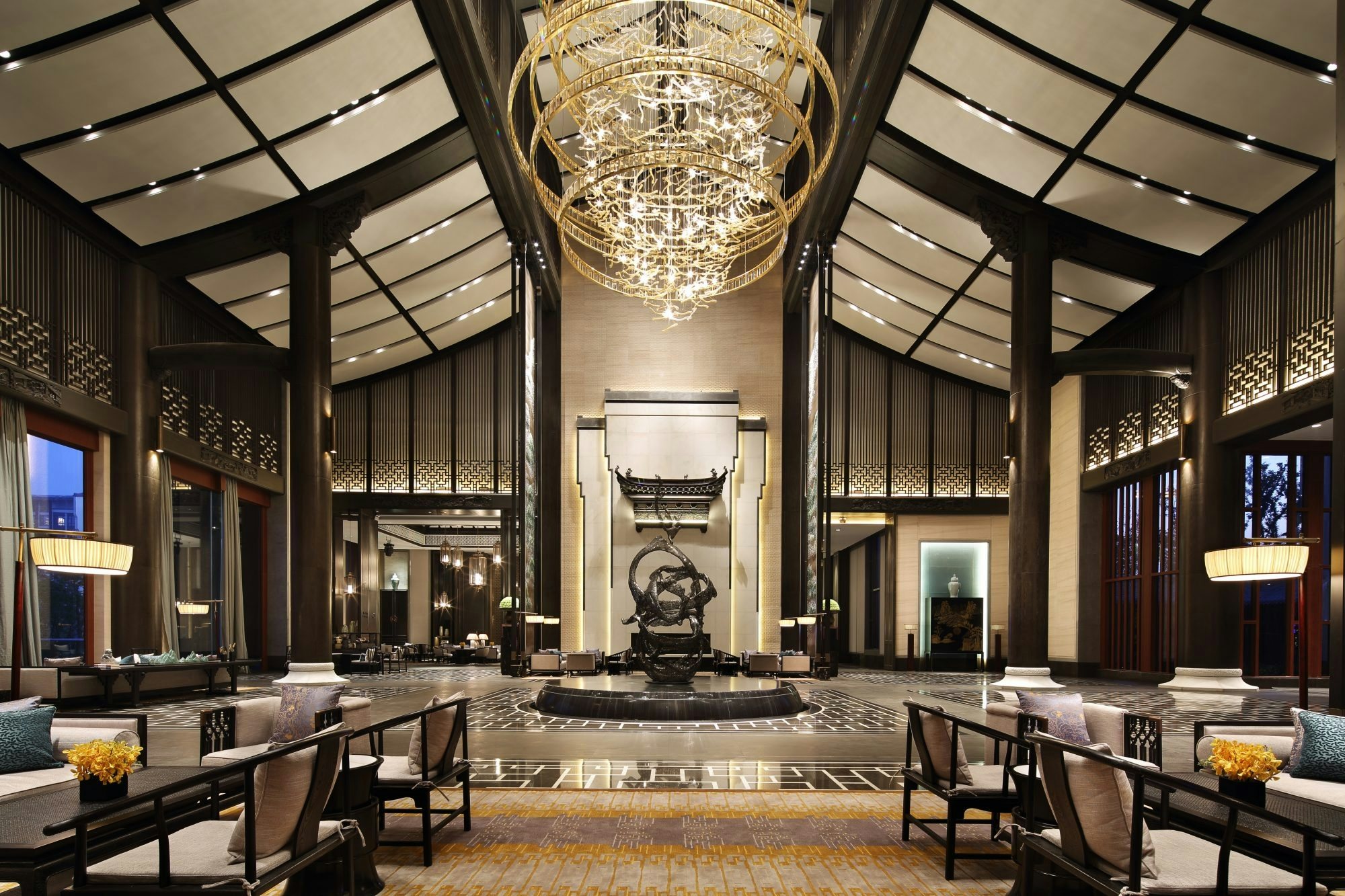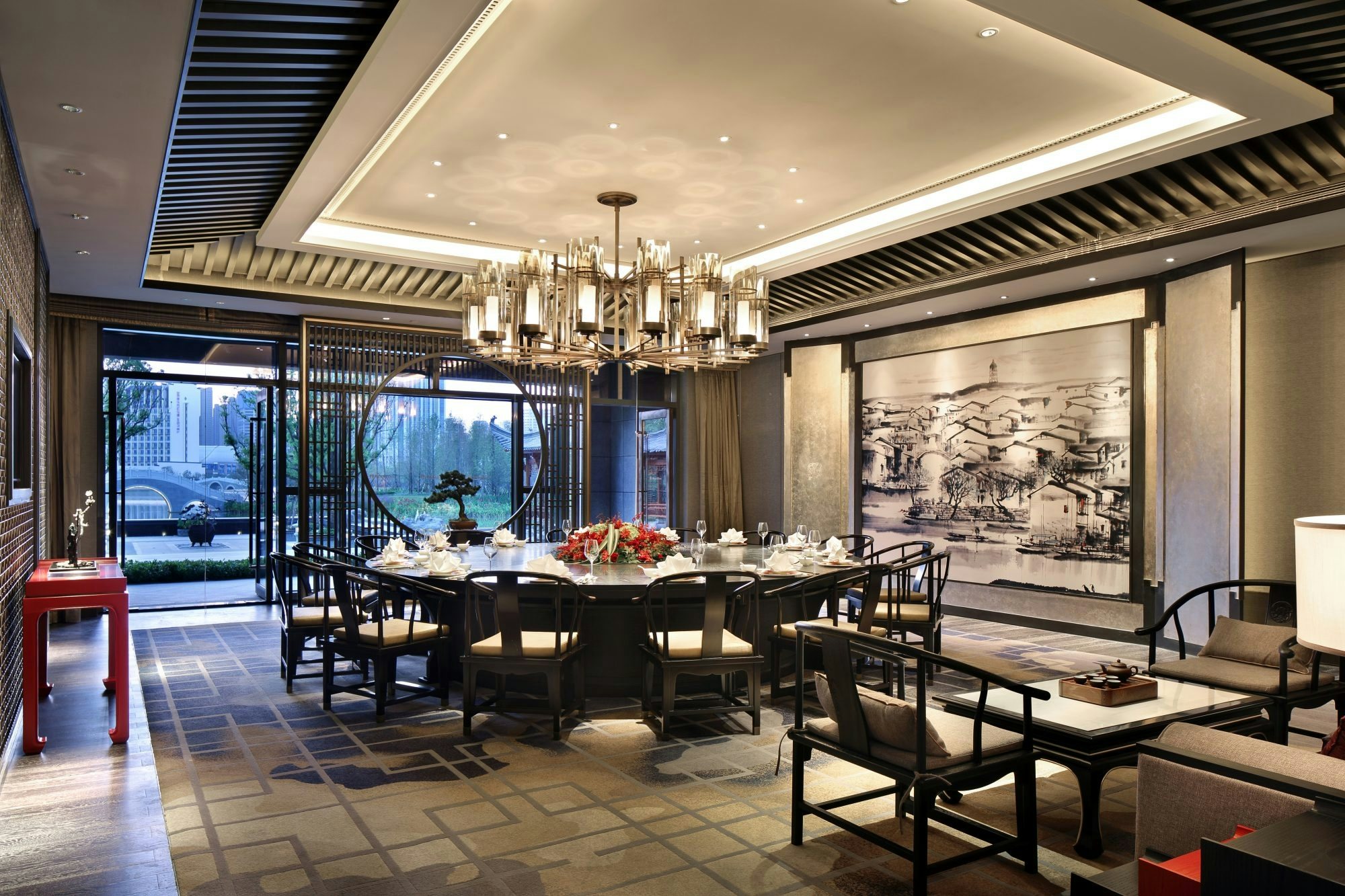In a year with a record number of Chinese investments in the United States, Dalian Wanda has been making headlines for its encounters with major Western tourism institutions. First, there was Shanghai Disney Resort's summer opening, when Wanda Chairman Wang Jianlin famously likened Disney to a tiger that was “no match for a pack of wolves.” Then in November, the iconic Beverly Hilton hotel lost a legal battle against Wanda as it received approval from the city for plans to build a $1.2 billion hotel and condo development right across the street.
That new hotel in Los Angeles is just one part in Wanda Hotels & Resorts' plan to become a “respected international hotel company from China” as it pursues global expansion. But while some luxury hotel brands prefer to take it slow and steady, Wanda has wasted no time establishing itself across China in almost every way imaginable as far as tourism companies go.
In October, Wanda celebrated its 100th hotel opening in a city nearby the Yangtze River, Hefei in Anhui Province, a feat accomplished in just four years. For comparison, another Chinese-owned luxury hotel with global ambitions, NUO, opened two locations in a little more than a year, but other global brands have been known to open more. Starwood Hotels & Resorts, for example, had a portfolio of 650 hotels around the world in five years in the '90s. Wanda has the help of five major international hotel management groups, so 43 of the 100 are managed under 15 high-end brands, including the Hilton and Marriott International.
In China, where in lower-tier cities the tourism market is still under-developed, Wanda's feat reflects intentions to have a major impact on a country whose luxury hospitality sector, until recently, has largely been led by foreign-owned brands.
As part of this, Wanda began construction on its first Jin hotel last summer in Dazhai in Guizhou Province, an area where Wanda is making a more than $87 million investment to develop a tourism center. Branded as a four-star hotel, Wanda Jins are built in third- and fourth-tier cities and aimed at “trendy” crowds, according to Executive Vice President of Wanda Hotels and Resorts, Kent Zhu. Most of the remaining hotels are Wanda Realms, its “premium” brand aimed at second-tier cities, and there are a handful of “ultra-luxury” Wanda Reigns in China's top-tier cities, including Shanghai and Wuhan. Its five-star Vista brand, one of which is located in Hefei, is the tier planned for global cities over the next four years, including London, Chicago, Los Angeles, Sydney, and the Gold Coast.
Part of the motivation behind investments abroad by Chinese companies is that it gives them an advantage to reaching the Chinese market armed with knowledge about what Chinese travelers want. Wanda is confident that it knows exactly what that is.
For starters, they want shopping and entertainment options, which Wanda delivers in China in the form of “entertainment parks,” (facilities usually nearby, but separate from its theme parks), complete with shopping malls, movie theaters, restaurants, and other family-focused activities.
“The needs of our travelers have become more diversified,” Zhu said. “The new market trends have presented us the chance to create Wanda City, which offers a one-stop tourists-oriented solution covering shopping, entertainment, hotels and other related services. We aim to make each Wanda City a popular destination in its region.”
In Hefei, this package comes in the form of a theme park, which is located across from a large shopping mall that, in keeping with the idea that malls need more features to give online shoppers a reason to come, boasts a 4-D theater showing cultural films, a small indoor water park, and an indoor reptile and rodent house, among other kid-friendly spaces. (The latter, which was set in an unusual habitat fitted with Egyptian motifs, a “rain forest,” and knights in shining armor, also gives Hefei's office workers a place for team bonding.) Just a golf cart ride away are five Wanda hotels, three of which are managed in partnership with the Accor group, which manages the Novotel/Ibis, the Mercure, and Sofitel.
The do-it-all mentality is likely being reserved for developing cities in China, but as Wanda works on its properties in Chicago and Los Angeles, Wanda Hotels' main goals are bringing Chinese culture and “traditional Chinese values” to guests. At least, within Wanda's high-end hotels, that sentiment is communicated through its décor, inclusion of Chinese contemporary artists, and Chinese restaurants.

It's too early to tell exactly what this will mean for its global properties, such as the 95-story Vista skyscraper currently underway in Chicago. So far, nothing has been revealed about the hotel itself, but only that the residences' design, created by Studio Gang, BKL, and Hirsch Bedner and Associates, is inspired by crystalline structures and colors.
But it's clear that at a $1 million starting price for a 1,000-square-foot residence, its international appeal, if not explicitly cultural, is partly its luxury price tag – a clear target for affluent Chinese students (and their parents' pocketbooks), overseas investors, and families living in the Midwest.
